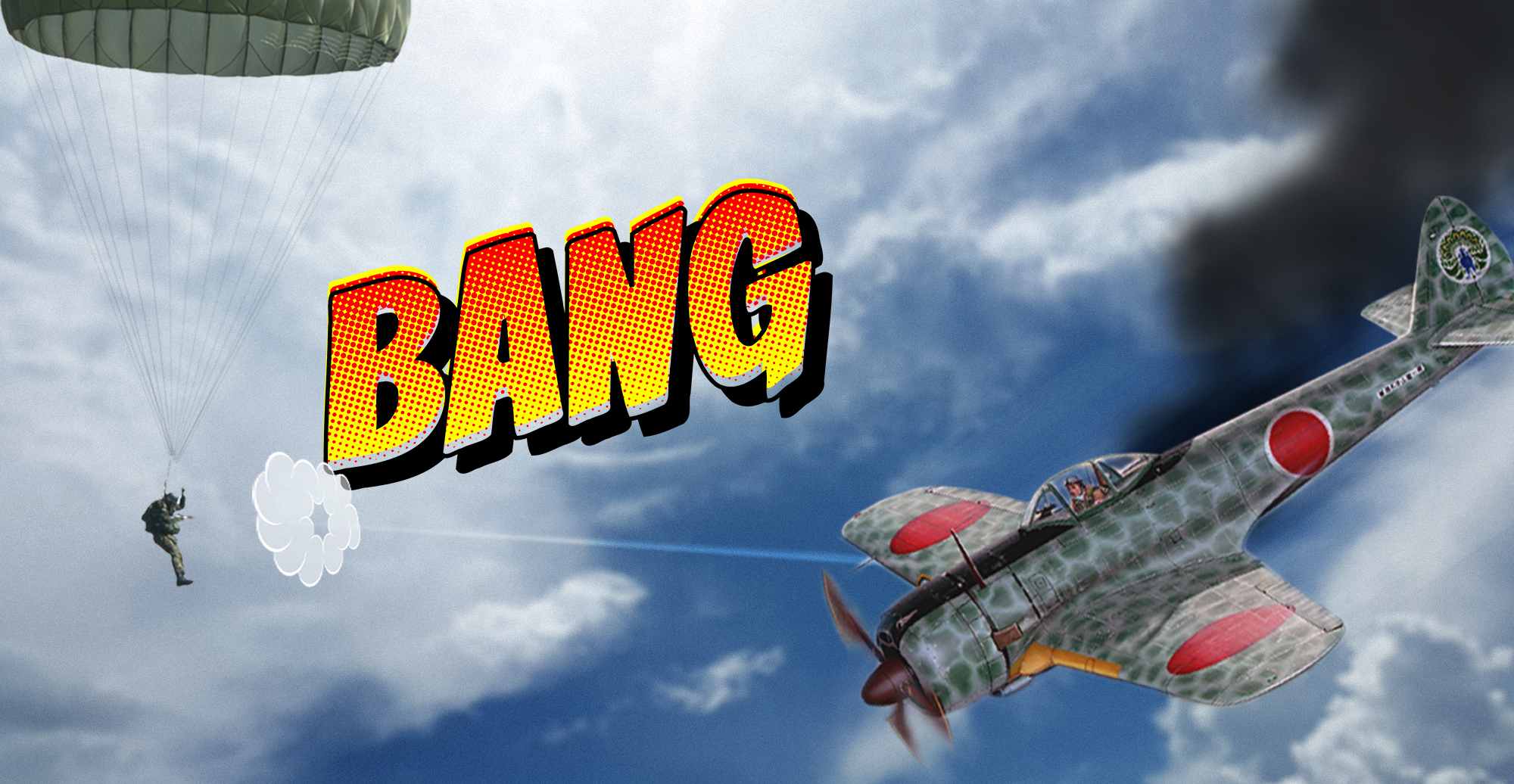Baggett pulled his 1911 and got off four shots at the pilot who was later found next to where his plane crashed with a bullet in his head.
Owen J. Baggett served as a Second Lieutenant in the 7th Bomb Group of the United States of America Army Forces during World War Two. Initially, he enlisted in the Army Air Corps and went through pilot training at the New Columbus Army Flying School, from which he graduated on July 26, 1942.
The 7th Bomb Group was working with the 10th Air Force in India, which was responsible for defending the supply line from China to India as well as interfering with the Japanese supply line from the north of the country to Rangoon, Burma.
The planes assigned to these units were B-24s which the pilots would fly in formation. The main target of Baggett’s unit was Burma. The American pilots would take long flights starting at the base in Pandaveswar, northwest of Calcutta.
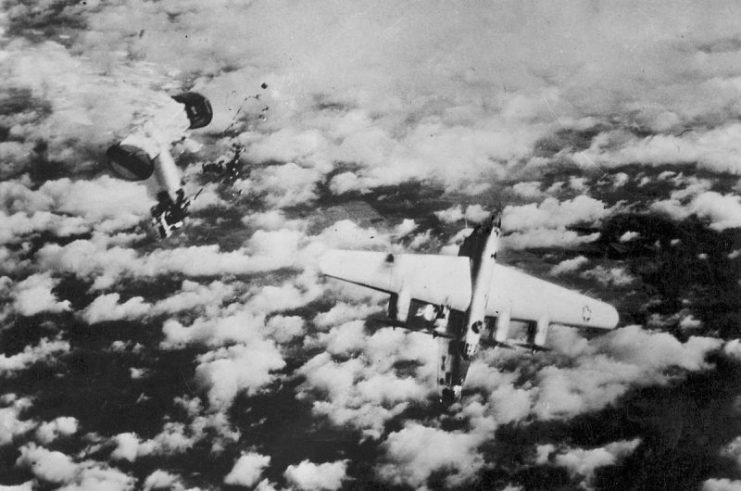
It was during one of these missions that Baggett pulled off a feat so incredible that it almost sounds as if it came straight out of an action movie.
While flying towards their target, the B-24s of Baggett’s unit were intercepted by Japanese fighters. Both sides started firing, but it was Baggett’s plane that received a serious hit to the fuel tanks. Lieutenant Jensen, who was the leader of the team, was also wounded.
The oxygen bottles around Baggett and his comrades shattered. One member of the crew, Sgt. Samuel Crostic, used an extinguisher to try and put the fire out. The Japanese continued to attack relentlessly, so Baggett took Samuel’s place to buy some time for the others to escape.
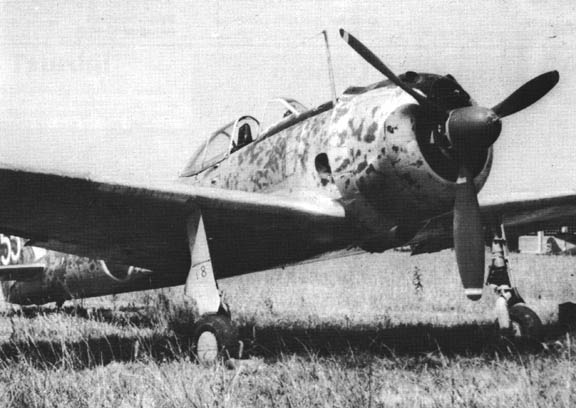
However, it soon became clear that the aircraft was finished. The crew was left with no choice, and Baggett and the others jumped from the burning plane moments before it exploded.
The crew opened their parachutes and headed towards the ground, but the danger was not over yet. The Japanese fighters spotted the crew floating to earth and started firing at them. The Japanese manage to successfully shoot two of the crew members while still on the air, and they shot Baggett in the arm.
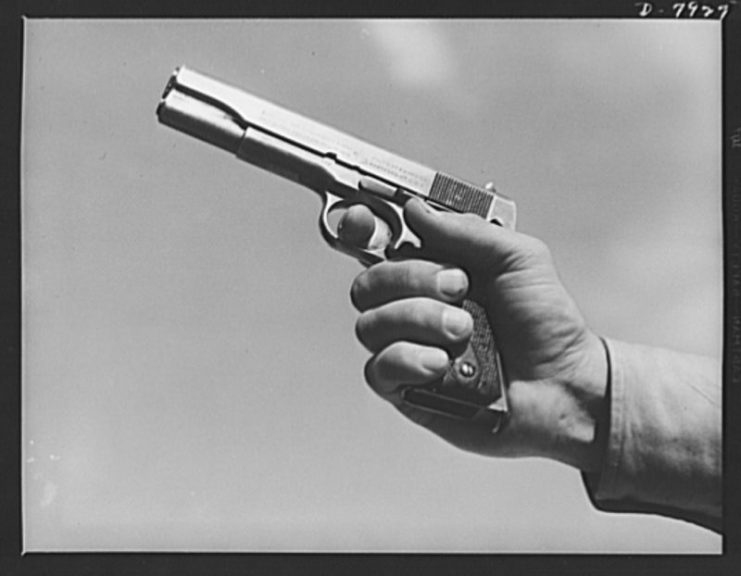
Still in his harness, Baggett thought it best to play dead, hoping to fool the Japanese fighters. However, he pulled his .45 caliber gun out of its holster and rested it against the side of his leg. This quick-thinking would save his life.
One of the Japanese fighters came back to double check that Baggett was really dead. But in the process, the enemy pilot made a fatal mistake: he opened his canopy to take a better look. That’s when Owen raised his pistol and took four shots at the Japanese pilot.
The pilot had slowed the plane to near stalling speed to look at Baggett, and now it went into a spin before it was lost to sight.
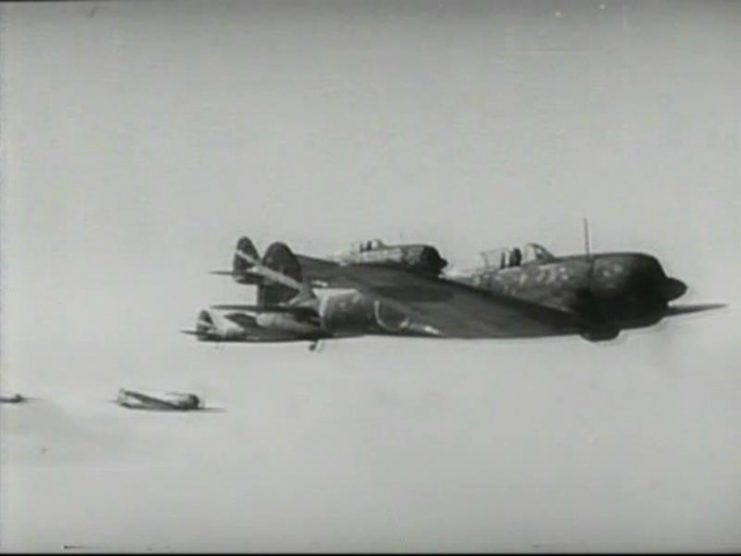
Baggett reached the ground where Lieutenant Jensen and one of the remaining crew members landed near him. With enemy pilots still circling in the air, they decided to hide behind some trees. Unfortunately, they were captured by the Burmese and turned over to the Japanese.
Sargent Samuel Crostic, Lieutenant Jensen, and Owen J. Baggett were imprisoned in Singapore as prisoners of war. Baggett and his comrades remained in that prison for more than two years, during which time Baggett lost nearly half of his body weight.
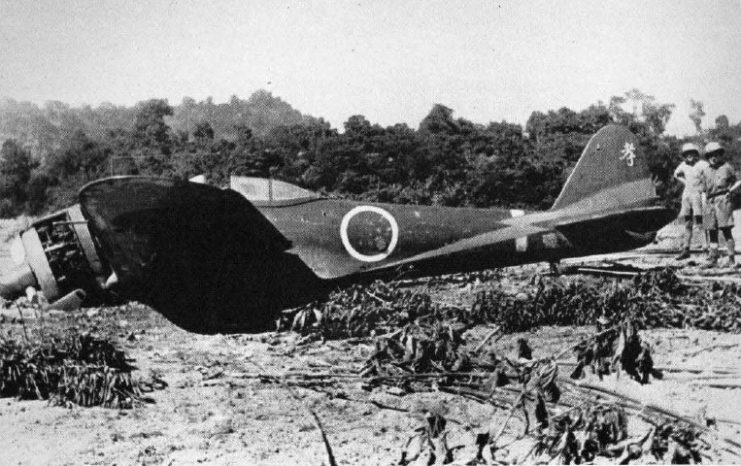
Because he hadn’t seen the plane crash, Baggett was uncertain of whether or not had he shot down an enemy plane with a simple .45 caliber handgun. But his doubt came to an end when his paths crossed with Colonel Harry Melton, commander of the 311th Fighter Group, who had also been shot down that day.
Melton passed through the prison camp and told Owen that a Japanese colonel said that the pilot Baggett shot had been thrown free his plane when it crashed. The pilot was subsequently found with a bullet in his head, and it was clear that is was the bullet and not the plane crash that had ended his life.
There are other facts to back up the incredible shooting down of a plane with a 1911 handgun by Baggett. Firstly, there were no other forces around during the time of the action, so no other units could have shot down the plane.
Secondly, all this happened at an altitude of more than 4,000 feet, which means the pilot could have recovered from a stall if he had been alive at the time.
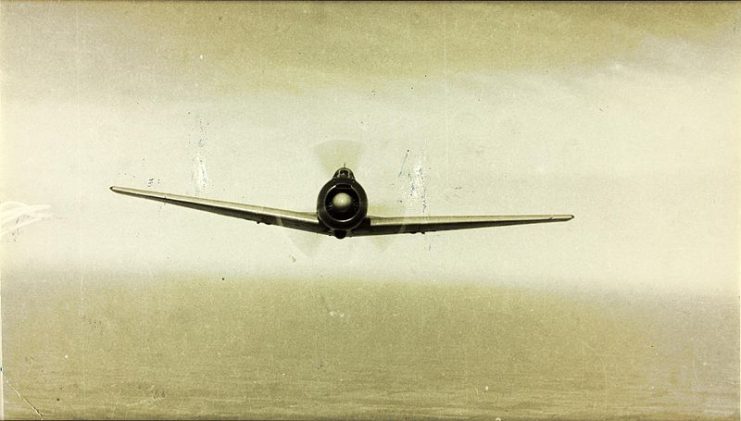
Baggett was released from the prison by agents from the OSS (Office of Strategic Services) and stayed on with the newly created Air Force after the war ended.
Back home, he was treated like a celebrity. After he retired from the Air Force, he took a job on Wall Street. Owen J. Baggett passed away in 2006, but the memory of his extraordinary shooting down of a plane with his .45 caliber handgun still lives on today.
